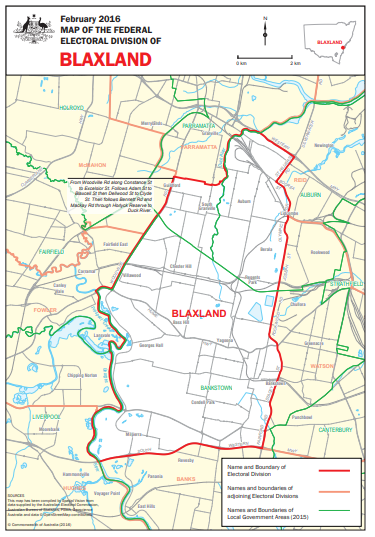|
|
|
|
| Adam Carr's Election Archive
|
Australian federal election, 2022
Division of Blaxland, New South Wales
Named for: Gregory Blaxland (1778-1853), explorer of New South Wales.
Western Sydney: Auburn, Bankstown, Bass Hill, Milperra, Regents Park
State seats: Parts of
Auburn,
Bankstown and
East Hills
Local government areas: Parts of
Canterbury-Bankstown and
Cumberland
Borders with:
Banks,
Fowler,
Parramatta,
Reid and
Watson
Enrolment at 2019 election: 105,383
Enrolment at 2022 election: 107,348 (+01.9)
1999 republic referendum: No 51.0
2018 same-sex marriage survey: No 73.9
Sitting member: Hon Jason Clare (Labor):
Elected 2007, 2010, 2013, 2016, 2019
2007 Labor majority over Liberal: 18.4%
2010 Labor majority over Liberal: 12.2%
2013 Labor majority over Liberal: 11.4%
2016 Labor majority over Liberal: 19.5%
2019 Labor majority over Liberal: 14.7%
Liberal two-party vote 1983-2019
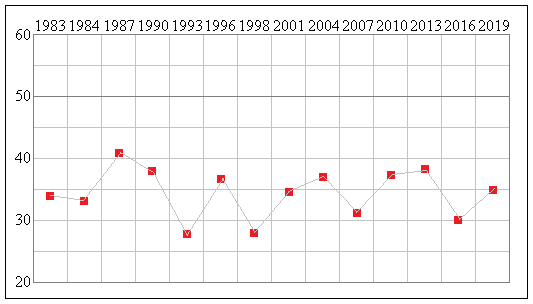
Status: Safe Labor
Best Labor booths, two-party vote: Bankstown (76.6), Auburn (74.5), Auburn North (74.1), Bankstown Central
(74.1), Bankstown North (73.4)
Best Liberal booths, two-party vote: Milperra (56.4), Blaxland PPVC (56.3), Bass Hill West (48.3), Bass Hill
Central (47.9), Georges Hall (44.0)
2019 results
Statistics and history
Candidates in ballot-paper order:
 |
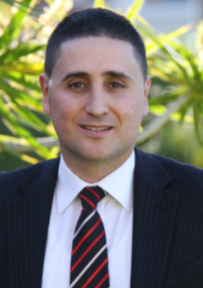 |
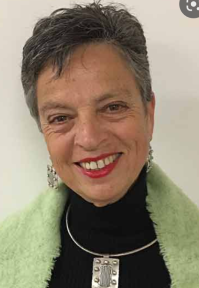 |
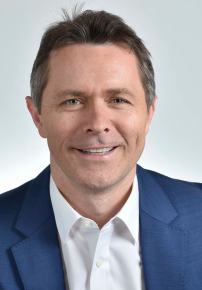 |
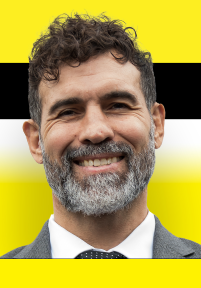 |
1. Adam Stepanoff
Pauline Hanson's One Nation |
2. Oz Guney
Liberal Party |
3. Linda Eisler
Australian Greens |
4. Hon Jason Clare
Australian Labor Party |
5. Elvis Sinosic
United Australia Party |
Candidate websites:
Hon Jason Clare
Linda Eisler
Oz Guney
Elvis Sinosic
Adam Stepanoff
Division of Blaxland
Blaxland was created in 1949, and has always been based in Sydney's western suburbs, and usually centred on Bankstown.
It has one of the lowest income levels of any urban electorate, and one of the lowest levels of people in professional
and managerial occupations. Over 70% of its households are non English speaking, and it has the highest proportion of
Muslims of any seat in Australia. These factors all make Blaxland a very safe seat for the Labor party. (They also explain why
Blaxland produced the highest "no" vote in Australia in the postal survey on same-sex marriage.)
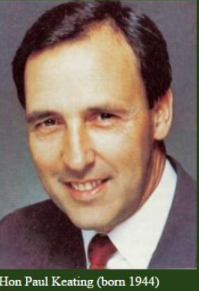 Blaxland used to be aligned roughly east-west, from Lakemba to Bass Hill. The 2006 redistribution pushed the seat further
west to take in most of Cabramatta, the centre of Sydney's South-East Asian community, which made it even safer for Labor.
But the 2010 redistribution realigned the seat to run north-south, from Bankstown to Guildford, and the 2016 redistubtion
extended it even further north, to Auburn. These changes weakened the seat somewhat for Labor.
Blaxland used to be aligned roughly east-west, from Lakemba to Bass Hill. The 2006 redistribution pushed the seat further
west to take in most of Cabramatta, the centre of Sydney's South-East Asian community, which made it even safer for Labor.
But the 2010 redistribution realigned the seat to run north-south, from Bankstown to Guildford, and the 2016 redistubtion
extended it even further north, to Auburn. These changes weakened the seat somewhat for Labor.
Blaxland's most eminent member has been
Paul Keating, elected in 1969 at age 25, and Labor Prime Minister from 1991
to 1996. After his defeat by
John Howard in 1996, he resigned his seat. The 1996 by-election was won by
Michael Hatton, who had been Keating's electorate
officer for eleven years. After a decade as an inconspicuous backbencher he was disendorsed by the Labor National
Executive before the 2007 election.
Jason Clare, Labor MP for Blaxland since 2007, is a lawyer who was manager of corporate relations for Transurban before
his election, and was earlier a senior adviser to Premier
Bob Carr. He was promoted rapidly, becoming a parliamentary
secretary in 2009 and a minister after the 2010 election. He is now Shadow Minister for Regional Services, Territories and
Local Government, and for Housing and Homelessness. The Greens candidate is Linda Eisler, a retired schoolteacher
and former Canterbury Councillor.
Demographics:
Median weekly household income: $1,222 (Australia $1,438)
People over 65: 12.1% (Australia 15.8%)
Australian born: 43.9% (Australia 66.7%)
Ancestry: Lebanese 14.1%, Chinese 11.3%, Vietnamese 8.4%
Non-English-speaking households: 71.0% (Australia 22.2%)
Catholics 19.2% (Australia 22.6%)
Muslim 24.6%, Buddhism 8.2%
No religion 13.4% (Australia 29.6%)
University graduates: 17.3% (Australia 22.0%)
Professional and managerial employment: 24.3% (Australia 35.2%)
Employed in manufacturing and construction: 26.1% (Australia 22.9%)
Paying a mortgage: 28.5% (Australia 34.5%)
Renting: 39.2% (Australia 30.9%)
Traditional families: 44.8% (Australia 32.8%)
Back to main page
|
|
 Blaxland used to be aligned roughly east-west, from Lakemba to Bass Hill. The 2006 redistribution pushed the seat further
west to take in most of Cabramatta, the centre of Sydney's South-East Asian community, which made it even safer for Labor.
But the 2010 redistribution realigned the seat to run north-south, from Bankstown to Guildford, and the 2016 redistubtion
extended it even further north, to Auburn. These changes weakened the seat somewhat for Labor.
Blaxland used to be aligned roughly east-west, from Lakemba to Bass Hill. The 2006 redistribution pushed the seat further
west to take in most of Cabramatta, the centre of Sydney's South-East Asian community, which made it even safer for Labor.
But the 2010 redistribution realigned the seat to run north-south, from Bankstown to Guildford, and the 2016 redistubtion
extended it even further north, to Auburn. These changes weakened the seat somewhat for Labor.
